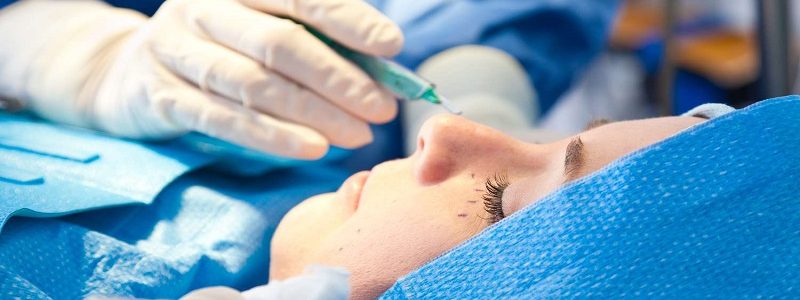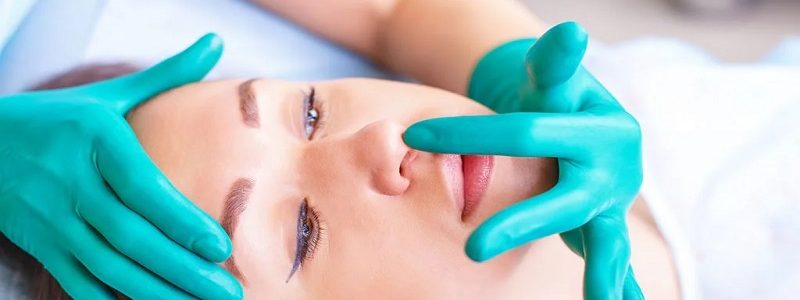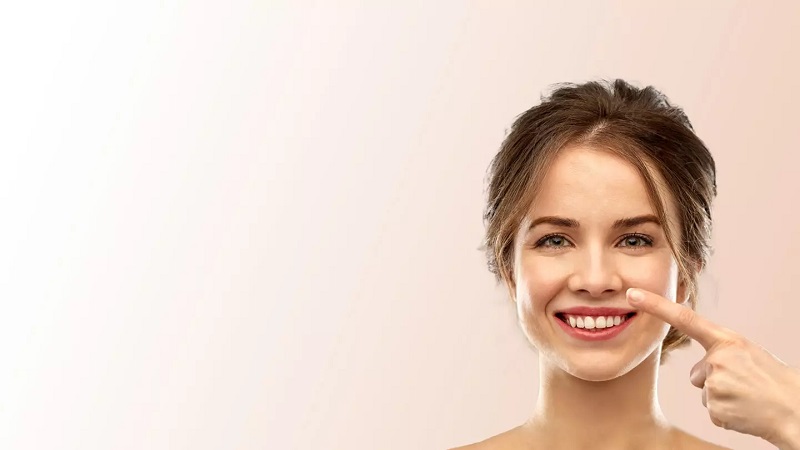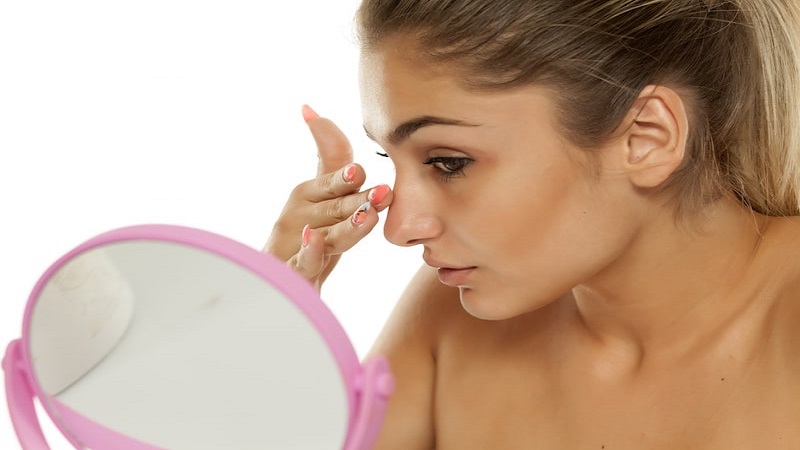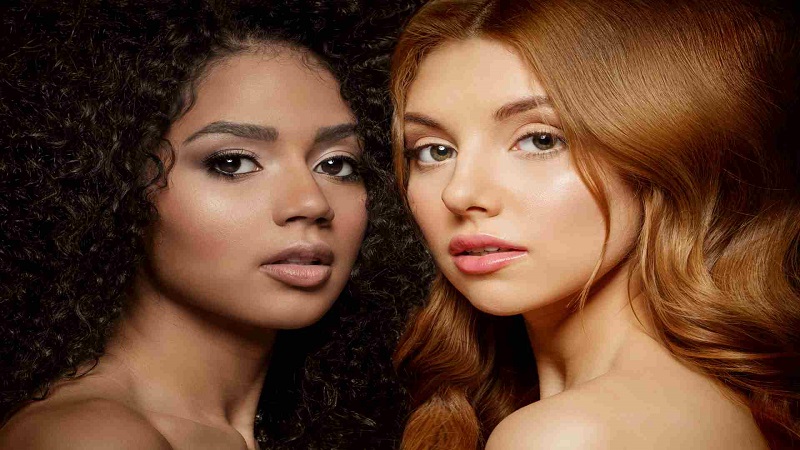Pregnancy and rhinoplasty
Performing cosmetic surgery, especially rhinoplasty, in the near future pregnancy It requires careful examination and consultation with a doctor. The right time for this type of surgery should be considered according to the physical and mental conditions of the patient as well as possible effects on pregnancy and surgery.. Next, important points about the right time Nose surgery It is checked before and after pregnancy.
Rhinoplasty before pregnancy
1.. At least three to six months before conception: It is recommended that rhinoplasty be performed at least three to six months before planning to become pregnant. This time allows the body to fully recover from the surgery and any potential complications to be well managed. Also, this is enough time for the swelling to heal and to see the final results of the surgery.
2.. Not taking anti-inflammatory drugs and antibiotics: Some medications that are prescribed after surgery may have a negative effect on pregnancy. Therefore, make sure that you stop taking these medications before becoming pregnant.
█│. Rest and reduce stress: Before pregnancy, the body should be in the best possible condition. Rhinoplasty may bring additional stress and worries, so it is better to perform the surgery when the patient is physically and mentally in good condition..
Nose surgery after pregnancy
1.. Wait at least six months after giving birth: It is better to perform nose surgery at least six months after giving birth. This period of time allows the body to recover from childbirth and the physical and hormonal changes that occur during pregnancy..
2.. Stop breastfeeding: Some medications used during and after surgery may pass into breast milk and be harmful to the baby.. Therefore, it is recommended that nose surgery be performed after breastfeeding.
█│. Return to a stable weight: After pregnancy, the body may experience many weight changes. It is better to perform the surgery when the body weight has stabilized and the patient has returned to his normal weight.
4.. Maintaining energy and adequate rest: Postpartum period can be very tiring and full of responsibility for the mother. It is better to perform the surgery when the mother can have enough time and energy to rest and recover after the surgery.

Official page ž¦█ī┘åž│ž¬ž¦┌»ž▒ž¦┘ģ Dr Behnam khorami (Best of nose surgery) follow the.
important points
1.. Consultation with a specialist doctor: Before deciding to undergo rhinoplasty near pregnancy, be sure to consult with a plastic surgeon as well as an obstetrician.. These consultations can help you choose the best time and conditions for surgery.
2.. Detailed planning: Both pregnancy and surgery require careful planning. Proper planning can help you avoid potential problems and get the best results.
█│. Attention to public health: Ensuring the general health of the body before and after surgery is very important. Proper nutrition, regular exercise, and ongoing medical care can help you get the best results from your rhinoplasty and pregnancy..
Conclusion
The right time for nose surgery before and after pregnancy should be chosen carefully and considering the patient's individual conditions. Surgery is recommended at least three to six months before pregnancy or at least six months after giving birth, so that the body has enough time to recover and return to its normal condition.. Consultation with expert doctors and careful planning can help you choose the best time and conditions for your nose surgery and avoid possible problems..
Useful links: Isfahan nose surgeon _ Jaw surgeon of Isfahan
Dr. Behnam Khorrami's page in the clinic 24 | Maxillofacial surgeon in Isfahan clinic 24 | Nose surgeon in Isfahan clinic 24
Dr. Behnam Khorrami, nose surgeon in Isfahan at Dr. Af | Maxillofacial surgeon in Isfahan at Dr. Af | Isfahan nose surgeon at Dr. Af
Suggested contents of Dr. Behnam Khorrami's website (Best of nose surgery ŌĆō Jaw surgeon of Isfahan):
General examination of nasal sutures

